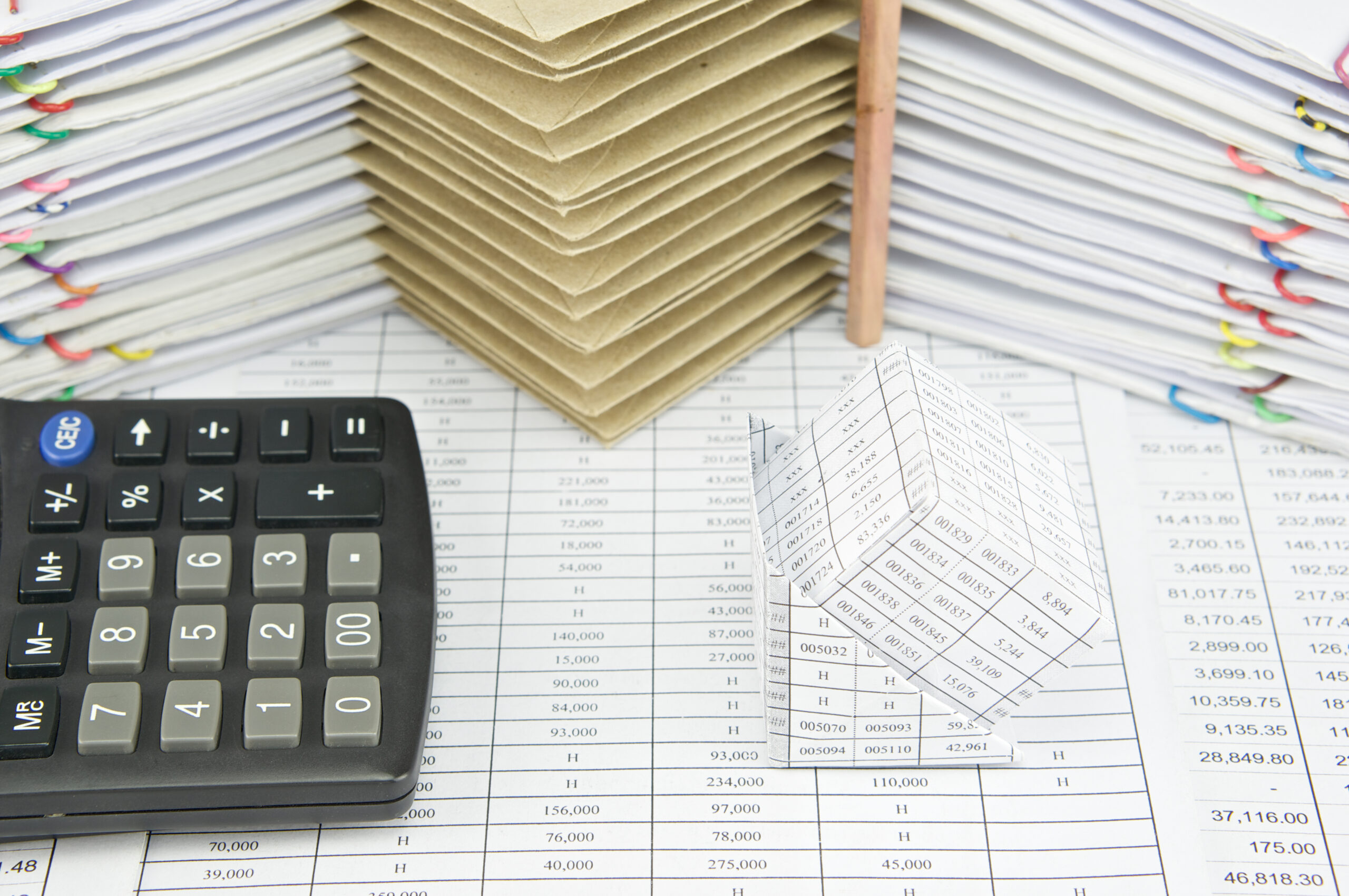Making Tax Digital: A Self-Employed Guide to ITSA Changes’?

If you’re self-employed, a sole trader or run a small business, you’ve probably heard about Making Tax Digital (MTD) and Income Tax Self Assessment (ITSA). These HMRC changes are designed to modernise and improve the tax system. But what do they really mean for you? Who does it affect? And how can you stay compliant with easy digital record-keeping?
What Is MTD for ITSA?
Making Tax Digital (MTD) is HMRC’s plan to make tax admin more efficient and less error-prone. MTD for ITSA specifically targets self-employed individuals, sole traders and small businesses, including landlords.
From April 2026, if you earn over £50,000 from self-employment or property, you’ll need to follow the new rules. Those earning over £30,000 will be included from April 2027.
Instead of filing one tax return a year, you’ll be required to keep continuous digital records and send updates to HMRC every quarter using MTD-compliant software. The idea is to give both HMRC and business owners a clearer picture of finances throughout the year and in real-time.
How Will It Affect You?
Here’s what the changes mean for you:
- Quarterly updates: No more end-of-year rush. You’ll send a summary of income and expenses to HMRC every three months.
- Digital record-keeping: You’ll need to maintain accurate financial records using MTD-compatible software. Spreadsheets alone won’t cut it unless they’re linked to MTD software.
- One final declaration: At the end of the year, you’ll submit a final confirmation of your income, replacing the traditional Self Assessment return.
- A smoother process: Done right, digital records can help save time and prevent errors, as well as give you better control over your business finances.
What You Need to Do Now
It’s a good idea to get prepared early to avoid stress later. Here’s how to get started:
- Switch to digital accounting software: Look for platforms, like Nomi, that are MTD-compliant and designed with self-employed users in mind.
- Track your income and expenses regularly: Keep everything up to date rather than leaving it all until the end of the year. This also helps you spot problems early.
- Understand your deadlines: You’ll need to send updates every quarter, followed by a final declaration. Staying on top of these dates is key to staying compliant.
- Consider professional support: If you engage an accountant, it would be advisable to ask how they are preparing for the upcoming changes under MTD. For those managing their own bookkeeping, it’s worth seeking out software that provides built-in guidance and support to help ensure compliant with the new requirements.
The sooner you go digital, the more confident and organised you’ll feel when the rules kick in next year.
A Smarter, More Streamlined Way of Managing Tax
By committing to digital record-keeping and new technology now, you’ll not only stay compliant and save yourself issues in the future, you’ll also get a clearer view of your business finances, all year round.
Ready for the next step? Start exploring Nomi’s MTD-ready software and take the hassle out of tax.
Want to find out more?
Book a free 30-day trial or talk to one of our advisor and see how our accounting software can help you manage staff, increase profitability and take your practice to the next level.

What are the new MTD for VAT requirements for 2025?
If you're a business owner or self-employed, you’ve probably heard about Making Tax Digital (MTD)...
Read More

How to Change a Company’s SIC Code in a Confirmation Statement
As your business grows or evolves, the type of work you do might change too,...
Read More

How Accounting Software Helps with Final Accounts Preparation
As the financial year ends on April 5, it's time to prepare your final accounts....
Read More

Be Audit-Ready: What HMRC Wants to See in Your Corporation Tax Records
Keeping accurate financial records has always been an important part of running a compliant limited...
Read More